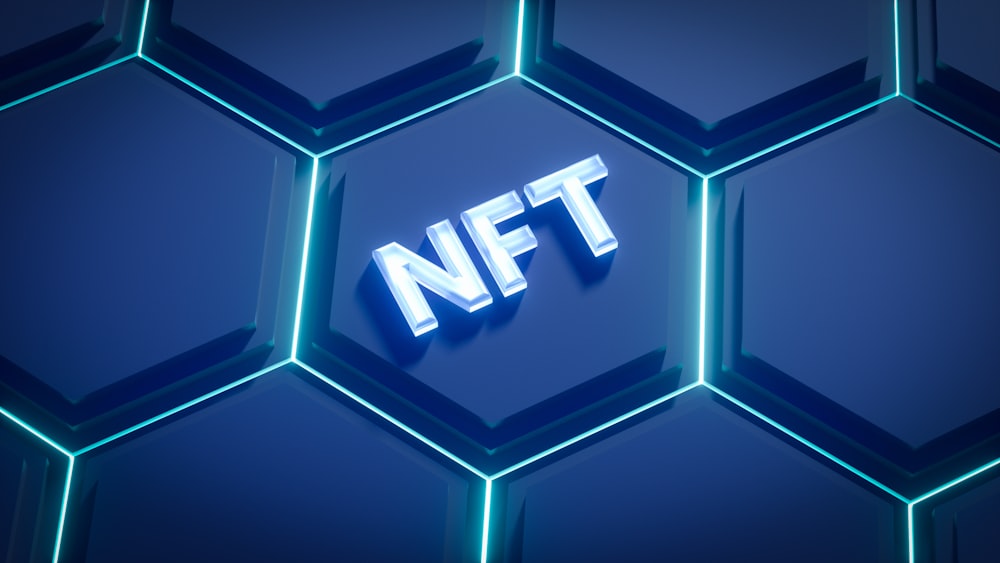NFT Floor Price – A Beginner’s Guide
Image source: Unsplash
When you think about it, the concept of a floor price is relatively simple. It’s the price below which no one can sell an asset. In traditional finance, a centralized exchange is responsible for setting a floor price.
For example, if a stock falls below a threshold, the exchange may halt trading to prevent prices from dropping further.
The same principle applies to digital assets and securities. The floor price for an NFT depends on supply and demand, historical prices, or even sentiment among traders and investors.
As with all markets, however, there is always the potential for manipulation. So how do we set a floor price that represents fair value? And who gets to decide? In today’s guide, let us learn more about this fundamental concept in the NFT market.
What is an NFT Floor Price, and Why Is It Important?
An NFT floor price is the price below which no one can sell an NFT on an exchange. This system protects buyers from people who want to sell their NFTs at a lower price than they are worth.
It guarantees purchasers don’t overpay for NFTs, and sellers get a fair price for tokens.
Different players may have the authority to set an NFT floor price. Sometimes, crypto finance operates like the traditional one, enabling exchanges to set this threshold.
Remember that, however, not all NFT exchanges employ a floor price. Those that do have a high floor price, so beware of overpaying for an NFT.
When buying an NFT, it is always important to research the item before making a purchase. This search includes looking at the price of the NFT on different exchanges and checking the NFT’s floor price.
By doing this, you can be sure you are getting a fair deal on your purchase.
How to Determine the Floor Price for an NFT?
There is no perfect answer to this question, as the floor price for an NFT varies depending on various factors. Some things to consider when determining the floor price include the rarity of the asset, demand, and overall market conditions.
It is generally wise to set the floor price for your NFT below its current market value. This trick will help ensure that there is room for future growth while protecting you from any potential downside risks.
When setting the floor price, it is also essential to consider the fees associated with buying and selling the asset. These fees can affect your profits, so factor them into your calculations.
If you’re not sure what price to set for your NFT, you can consult with a professional appraiser or expert. They will be able to help you determine a fair and reasonable price for your asset.
The Benefits of Floor Prices in the NFT Market
Floor prices provide stability and certainty to the market. Consequently, buyers know what they are buying and can plan for it. Sellers also know what they will get for their NFTs so that no one can exploit their gullibility.
Floor prices can help to increase liquidity in the market, which makes it easier for people to trade NFTs. This threshold can also help to ensure that no one underprices NFTs. In other words, buyers are getting a fair deal, and sellers cannot ask too little for their tokens.
Finally, floor prices can help to discourage speculation in the market. People will be less likely to buy and sell tokens if they know the price will have a lower bound.
Potential Risks Associated with a Floor Price
Floor prices can help to protect buyers from being taken advantage of by sellers. However, they also come with some risks.
First and foremost, a floor price can artificially inflate the value of a token. This action can lead to overpriced tokens and inflated prices in the overall market.
Secondly, a floor price can also lead to market stagnation. People may not want to trade tokens knowing that a high floor price will prevent them from making a profit. You may find yourself witnessing liquidity problems in the market in this scenario.
Finally, a floor price can also cause market manipulation. Sellers may try to sell their tokens at a lower price than they are worth to take advantage of buyers. This trade can create an unfair playing field and lead to chaos in the market.
Preventing Floor Price Manipulation in the NFT Market
To prevent floor price manipulation in the NFT market, learn how one can set a floor price. We have already mentioned exchanges, but, in most cases, the auctioneer or a predetermined algorithm sets the floor price.
It is also important to note that nothing prevents anyone from adjusting the floor price during an auction. This scenario is relatively frequent, depending on the bidding situation.
If a bidder wants to buy an NFT below the floor price, the auctioneer may raise it. If no bidder gets an NFT over the floor price, the auctioneer may decrease it. The operation has the potential to encourage more bidding.
Conclusion
Though floor prices can come with some risks, they provide many benefits to the NFT market. They help ensure buyers get a fair deal, increase liquidity in the market, and discourage speculation. In order to prevent floor price manipulation, it is essential to have a clear understanding of how they are determined.
More By This Author:
Buying and Selling NFTs – The Most Important Criteria to Consider
Bitcoin Nears $24,000, Ethereum Surges Towards $2K, And Altcoins Thrive
Bitcoin And The Altcoins Surge As The Market Retakes $1 Trillion Cap
Disclaimer: The Content is for informational purposes only; you should not construe any such information or other material as legal, tax, investment, financial, or other advice. Nothing ...
more



